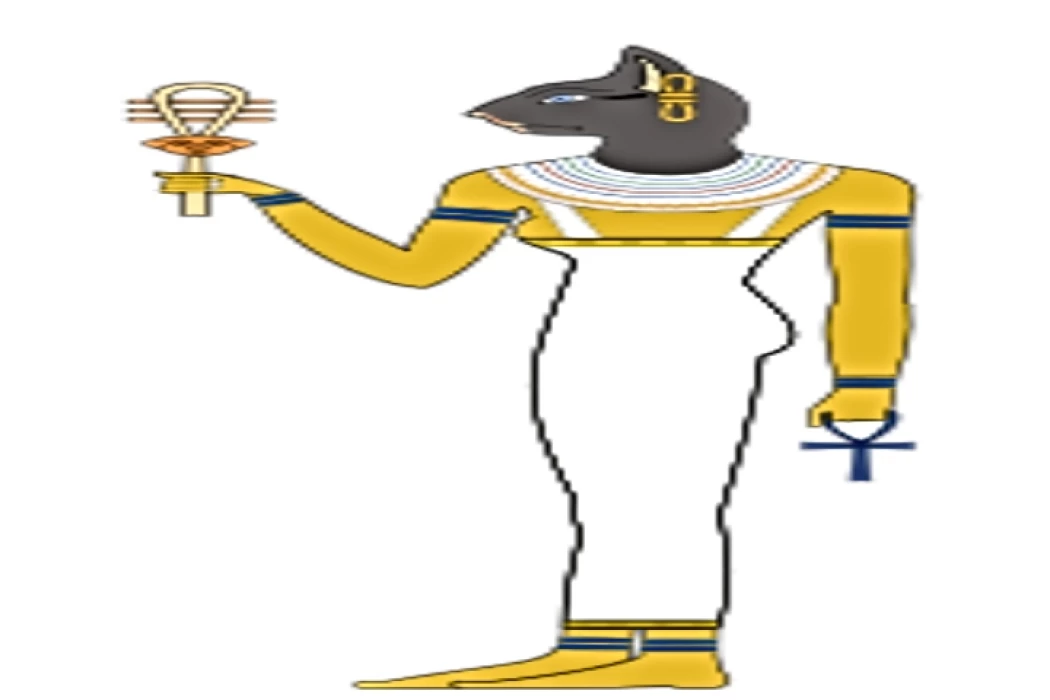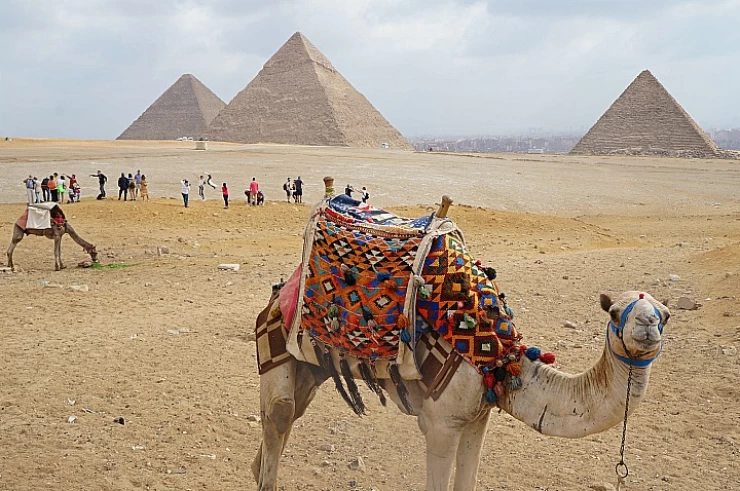
Egyptian cat goddess : Bastet ( God of ancient Egypt )
Egyptian cat goddess
The deity Bastet got her name from the Egyptian city of Bast (or Bubastis as referred by the Greeks), which is present day Tell Basta located around 12 km south of the city of Zagazig in the Sharqia Governorate. This region has produced many small relics of this goddess. The city of Bast, the center of worship of the goddess, is located east of the Delta, and thus Bastet was known as the goddess of the East.
Above all, her veneration extended to other localities as well culminating in Memphis where she was associated with the lion glaring goddess, Sekhmet who is situated at a site now known as Mit Rahina about twenty kilometers from Cairo. The god Bastet was also blended with several other goddesses, including goddess Hathor during Old Kingdom 2686-2160 BC and goddess Mut in the Middle Kingdom of 2055-1650 BC. Towards the end of the New Kingdom, the figure of the goddess Bastet gained much prominence amongst the Egyptians who referred to her as the goddess of pleasure and plenty.
They welcomed her as a protector of them and their homes. The "sistrum" as a musical instrument was among the specialties of "Bastet"; the latter was associated with fun and dancing. According to Egyptian mythology, Bastet was the offspring of the sun god Ra, married to Ptah the creator and lord of Memphis, and the mother of Maahes a war god of Egypt.
Bastet, in many similar iconographies, is shown as a woman with a lioness's head known as Sekhmet, which is regarded as her fierce terrifying side. The association of the cat with the gentle side of Bastet dates back to a relatively late period in Egyptian history, corresponding to the beginning of the Third Intermediate Period (1069 – 664 BC). It is sometimes difficult to distinguish precisely between the lion and feline features of the goddess in art.
Latest Articles
Admin
Aswan Governerate in Egypt
One of Egypt's southern governorates is Aswan Governorate. The city of Aswan serves as its capital. At a latitude of 22 north of the equator (also known as the Tropic of Cancer), it is bounded to the north by the Qena Governorate, to the east by the Red Sea Governorate, to the west by the New Valley Governorate, and to the south by the Republic of Sudan.
Admin
Luxor Governorate Egypt
The capital of the Arab Republic of Egypt is Luxor City, which was once known as "Thebes City" because it served as Egypt's capital during the Pharaonic era. It is situated in the South Upper Egypt region, approximately 670 kilometers from the capital Cairo from the south. It is bordered on the north by Qena Governorate, on the south by Aswan Governorate, on the east by Red Sea Governorate, and on the west by New Valley Governorate.
Admin
History of kafr El Sheikh Governorate
Kafr El Sheikh Governorate is an Egyptian governorate, located in the northernmost part of Egypt in the Nile Delta, with Kafr El Sheikh as its capital. It had a population of 3,172,753 in 2015 and an area of 3,748 km². Its entire area is located north of the delta and overlooks the Mediterranean Sea. The main economic activity of the residents of the governorate is agriculture and fishing, especially the southern lands of the governorate and the lands overlooking the Nile River - Rosetta Branch.
Admin
Egypt's New Administrative Capital
The New Administrative Capital is located between the Cairo-Suez and Cairo-Ain Sokhna roads, 60 km from Cairo and the same distance from Ain Sokhna and Suez. The New Administrative Capital is located on the border of Badr City, in the area between the Cairo-Suez and Cairo-Ain Sokhna roads, just after New Cairo, Mostakbal City and Madinaty.
Admin
Al Gharbia Governorate
Gharbia Governorate is one of the governorates full of archaeological sites, whether they are places or facilities (mosques, churches), as the governorate is a destination for visitors to these places throughout the year, whether they are Egyptians from the different governorates.
Admin
Hamata Islands (Qulaan Archipelago) in Marsa Alam
The Hamata area, south of Marsa Alam in the Red Sea, is one of the most important parts of the Wadi El Gemal Reserve, whether in the desert or the sea. It was named after the sorrel plant, which was distorted to Hamata.
















